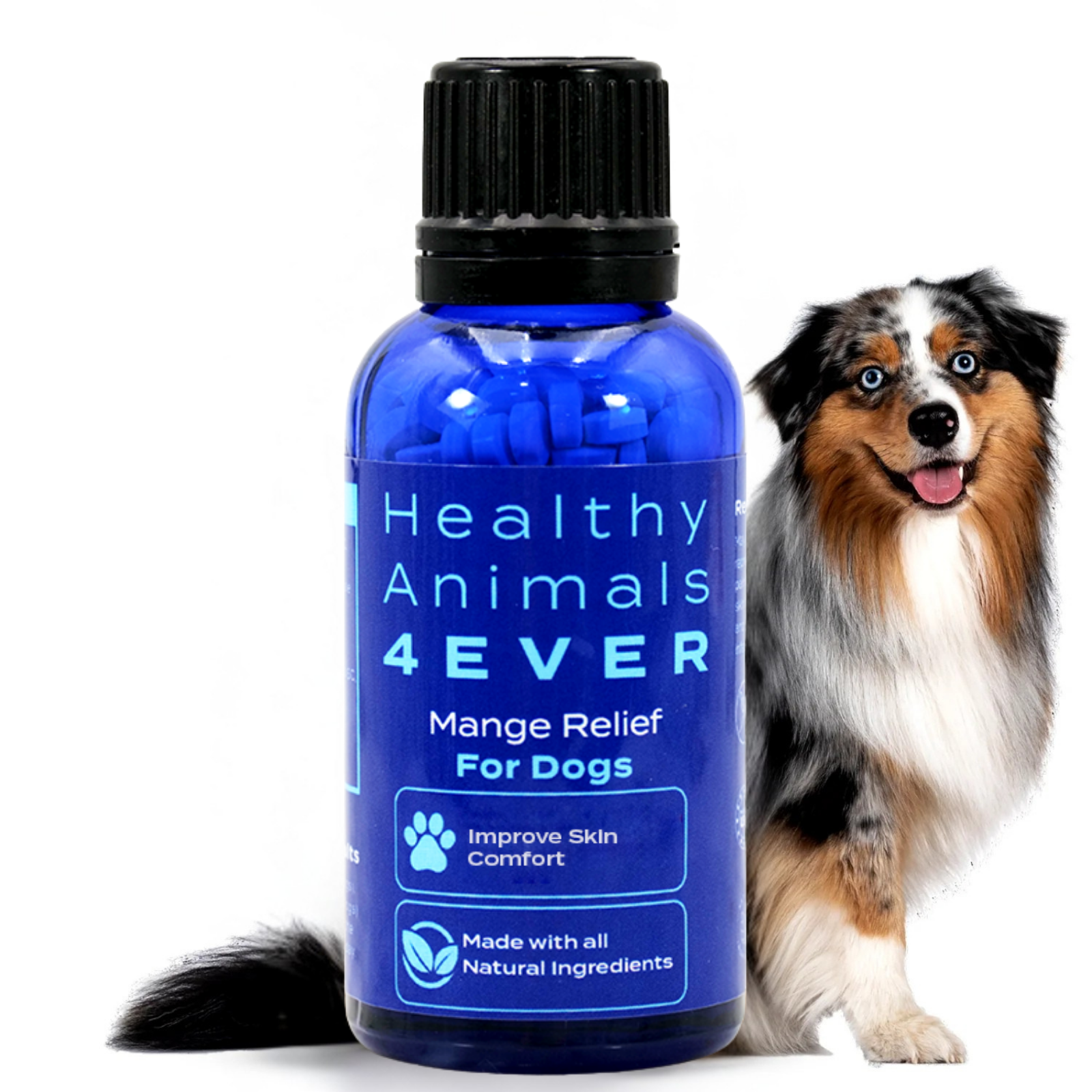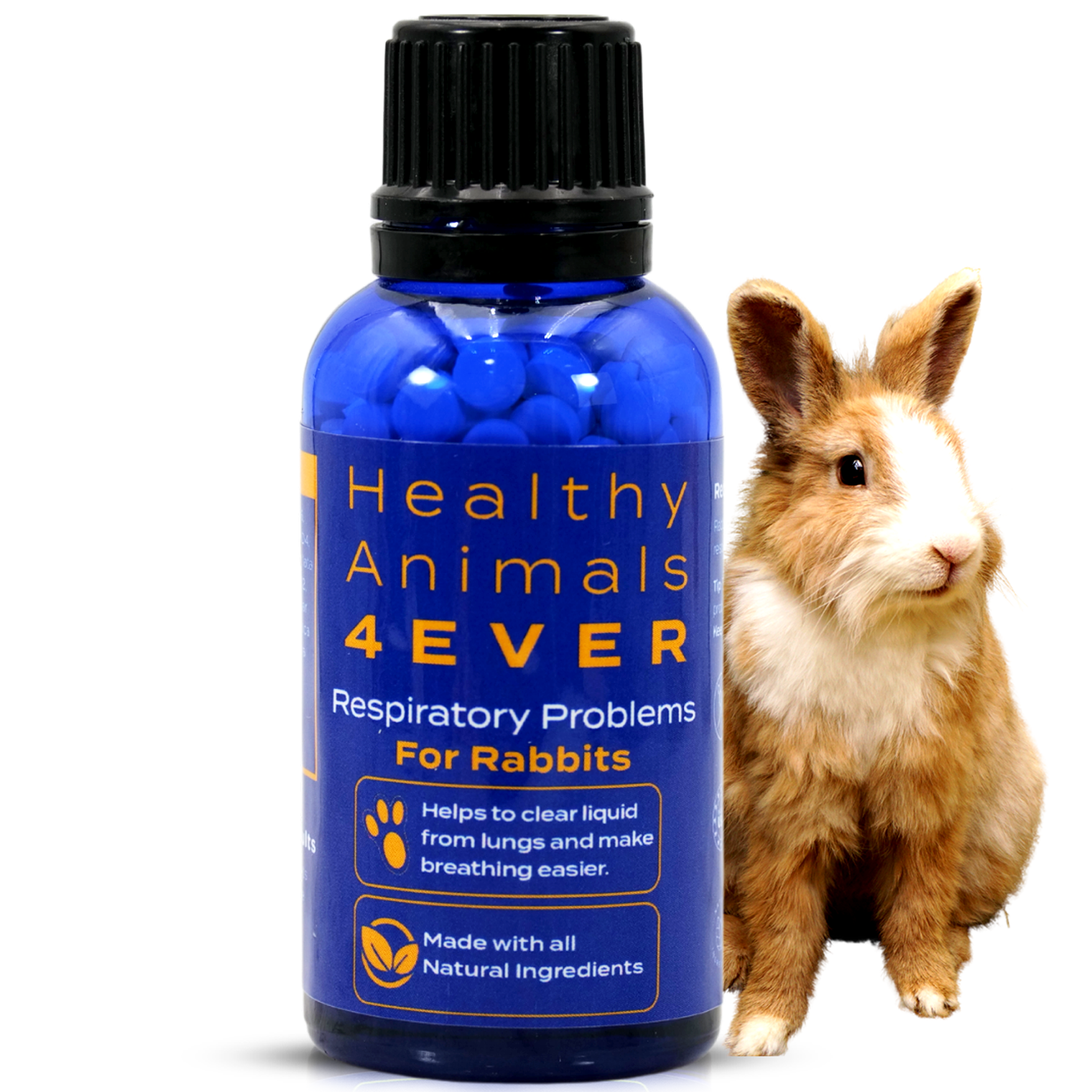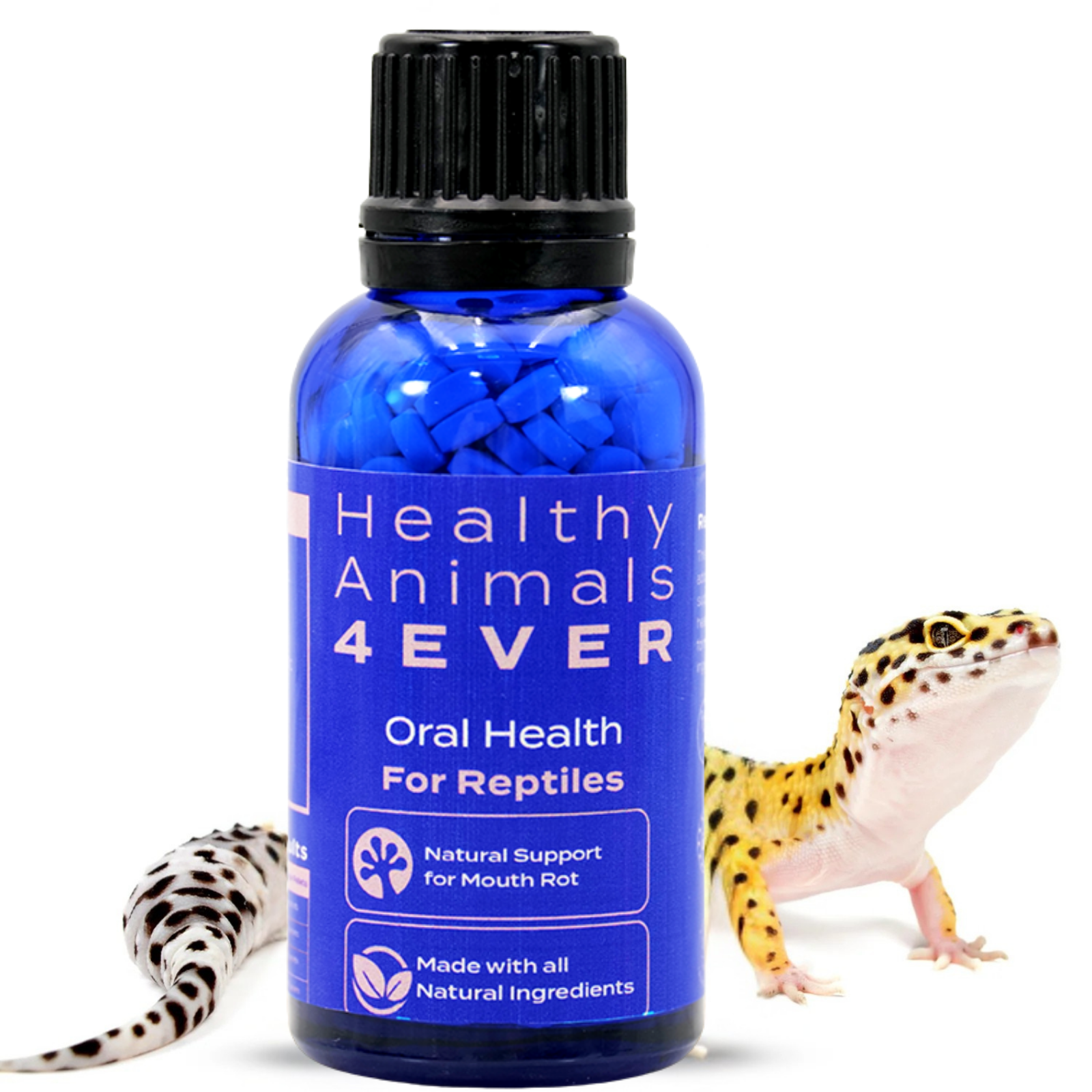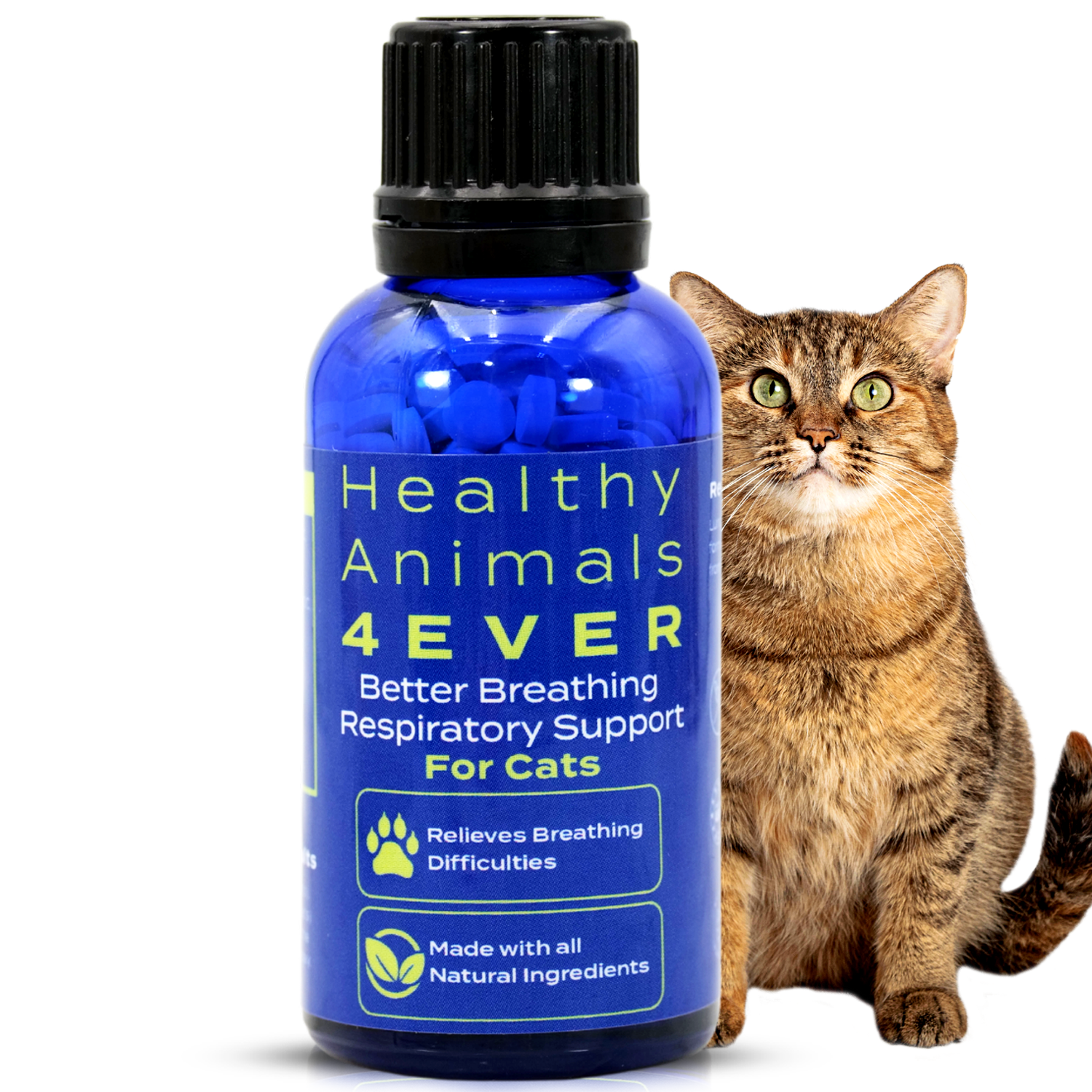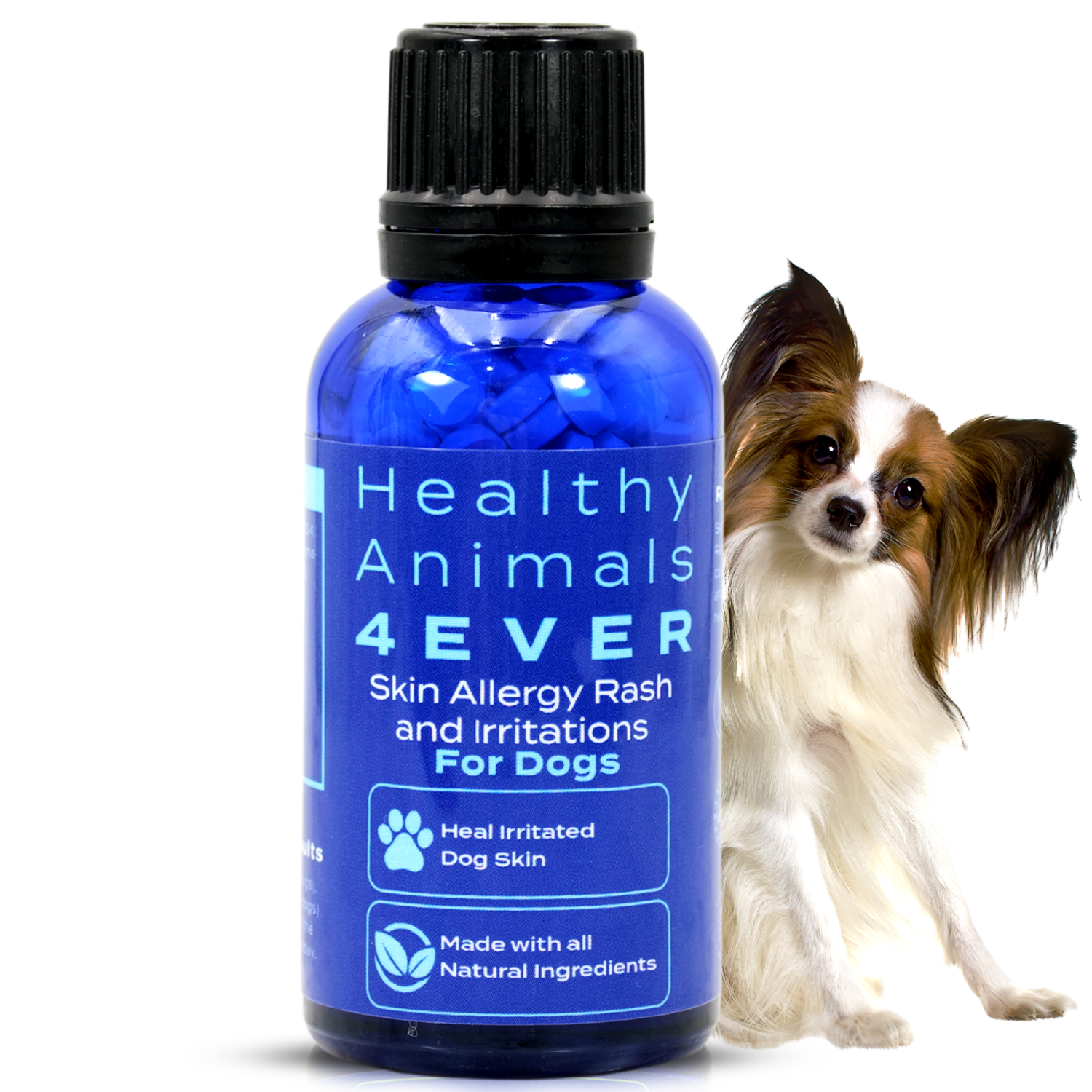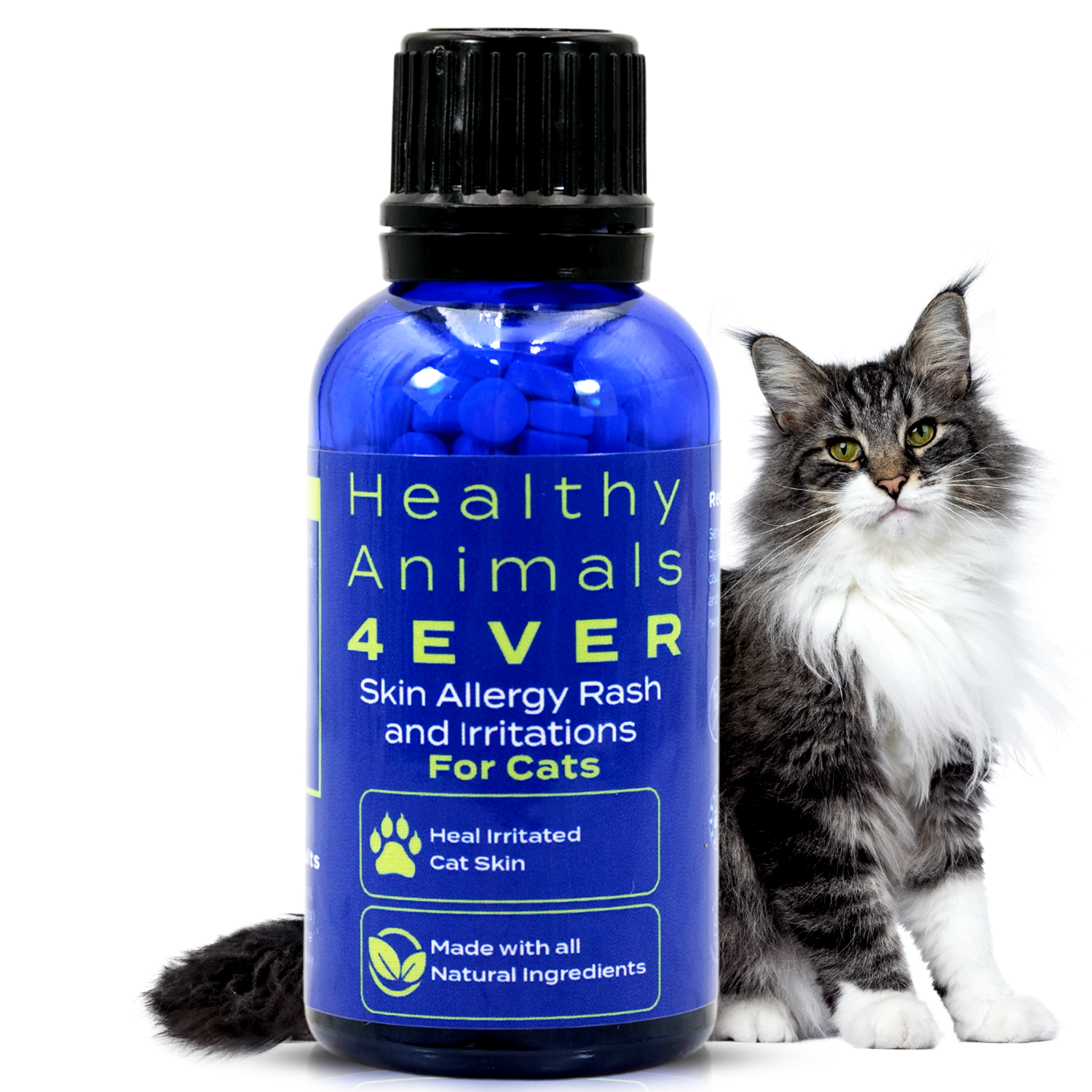Autumn allergies: How to Keep Your Pet Healthy This Fall

As the leaves change and the air becomes crisp, the arrival of fall brings about a picturesque transformation in our surroundings. However, for our furry companions, this is a season of potential discomfort – as it comes with fall allergies. Just like humans, dogs and cats can be susceptible to prevalent allergens during autumn.
In this comprehensive guide, we'll dive into the world of fall allergies in our four-legged friends, understanding the triggers, symptoms, and, most importantly, how to provide them with the care they need during this season.
Common fall allergens
Fall brings a unique set of allergens that can affect our furry companions. Understanding these allergens is essential for recognizing and addressing potential pet allergy symptoms. Here is the list of the most common fall allergens for pets:
- Ragweed is a flowering plant that produces abundant pollen in the fall. These lightweight pollen grains are easily carried by the wind, making them widespread and difficult to avoid. Pets, particularly dogs that spend time outdoors, are susceptible to inhaling ragweed pollen, which can lead to allergic reactions.
- Fall is a season of increased moisture, especially in regions with frequent rainfall. This dampness creates ideal conditions for molds and mildew to thrive. Mold spores are released into the air as molds grow and reproduce. Pets can inhale these spores, leading to respiratory allergies. Additionally, molds can be present in damp outdoor environments like piles of leaves, fallen logs, or areas with poor drainage.
- Dust mites are microscopic organisms that thrive indoors, particularly in bedding, carpets, and upholstery. While they are present throughout the year, pets may be exposed to higher concentrations of dust mites in the fall as they spend more time indoors. Dust mite allergens can lead to respiratory issues and skin irritation in sensitive pets.

- Some grasses and weeds release allergenic pollen during the fall months. Dogs and cats that enjoy outdoor playtime may come into contact with these pollen particles. Common grasses that trigger allergies include Bermuda grass, Timothy grass, and Kentucky bluegrass. Additionally, weeds like pigweed and sagebrush release pollen during the fall season.
- Trees such as cedar, oak, and pine can release pollen in the fall. These pollen grains can be carried by the wind and inhaled by pets, leading to allergic reactions. Tree pollen allergies may be more prevalent in regions where these trees are abundant.
- As temperatures drop, pets spend more time indoors. This increased indoor exposure can lead to greater contact with indoor allergens such as dust, pet dander, and certain cleaning products. Allergens like pet dander (skin flakes), which can trigger allergies in sensitive pets, are more concentrated indoors.
- While not specific to fall, food allergies can play a role in exacerbating allergy symptoms during this season. Pets with food allergies may have heightened sensitivities to environmental allergens like pollen, making their allergic reactions more severe.
Let's learn more about the science of allergic reactions!
Allergens trigger responses in the immune system in pets, similar to how they affect humans.
When a pet is first exposed to an allergen, the immune system recognizes it as foreign and potentially harmful. This initial exposure does not typically cause an immediate reaction. The immune system responds by producing specific antibodies called immunoglobulin E (IgE) antibodies. These antibodies are designed to recognize and bind to the specific allergenic proteins present in the allergen. The sensitization process creates a "memory" within the immune system. This means that the next time the pet is exposed to the same allergen, the immune system can recognize it much faster and respond quicker.
Upon re-exposure to the same allergen, the allergenic proteins bind to the IgE antibodies already present in the pet's system. This binding triggers specific cells in the body, particularly mast cells and basophils, to release chemicals, including histamines, into the bloodstream.
Histamines are responsible for the classic symptoms of an allergic reaction. This can include itching, sneezing, runny nose, watery eyes, and skin redness in pets. Histamines cause blood vessels to dilate and become more permeable. This leads to inflammation at the site of allergen contact, resulting in skin irritation, swelling, and redness.
In severe cases, especially with repeated or prolonged exposure to the allergen, the immune response can become more generalized and affect various systems in the body. This can lead to respiratory issues, digestive problems, and, in extreme cases, anaphylaxis.
Genetic predispositions and allergies in dogs and cats
Genetic predispositions play a significant role in the development of allergies in both dogs and cats. These predispositions can influence how a pet's immune system reacts to specific environmental allergens.

- Inherited sensitivities: Some breeds are more genetically predisposed to developing allergies. For example, certain breeds of dogs, like Bulldogs, West Highland White Terriers, and Boxers, are known to be more prone to allergies. In cats, Siamese and Devon Rex breeds are often considered more susceptible.
- Immune system variations: Genetic variations in a pet's immune system can affect how the body recognizes and responds to allergens. This can lead to an increased likelihood of allergic reactions.
- Atopic dermatitis is a common allergic skin condition in both dogs and cats. It is often associated with a genetic predisposition. Pets with atopic dermatitis may have a compromised skin barrier, making them more susceptible to allergens.
- Food allergies: Genetic factors can also play a role in the development of food allergies. Certain breeds may be more prone to food sensitivities, but it's worth noting that food allergies often combine genetic and environmental factors.
- Epigenetic factors, which can be influenced by a pet's environment, lifestyle, and diet, can also affect how genetic predispositions manifest. This means that even if a pet has a genetic predisposition to allergies, environmental influences can impact the actual development and severity of allergies.
Better Breathing Respiratory Support Formula for Cats helps your cat breathe better by supporting your pet’s lungs and reducing the need to cough.
Recognizing fall allergy symptoms
Recognizing fall allergy symptoms in pets is crucial for providing timely relief and comfort. The most common signs to watch out for are:
- Excessive scratching, biting, or licking: Allergies can cause intense itching, leading to constant scratching, biting, or licking, particularly around the paws, ears, face, and belly.
- Red or irritated skin: Allergic reactions can lead to skin inflammation, resulting in redness, rashes, and sometimes even open sores. Pay attention to any changes in your pet's skin texture or color.
- Sneezing and runny nose: Pets, especially cats, may exhibit sneezing sniffling, and have a runny nose in response to allergens.
- Watery or irritated eyes: Excessive tearing or redness around the eyes can indicate allergic reactions.
- Ear infections: Allergies can make pets more susceptible to ear infections. Look for signs like head shaking, scratching at the ears, or discharge from the ear canal.
- Digestive issues: Some pets may experience gastrointestinal upset, including vomiting and diarrhea, due to allergies. Monitor any changes in your pet's appetite or bowel habits.
- Paw licking and chewing: Allergies can lead to irritation and itchiness in the paws. Pets may excessively lick or chew their paws, resulting in redness, swelling, and even secondary infections.
- Hair loss or thinning coat: Persistent itching and scratching can lead to hair loss or thinning. Look for bald patches or changes in your pet's coat condition.
- Behavioral changes: Discomfort from allergies can lead to irritability, restlessness, or changes in behavior. Watch for signs of discomfort or agitation.
- Secondary skin infections: Weakened skin defenses from allergies can make pets more susceptible to bacterial or fungal infections. Look for signs like pus, an unpleasant odor, or crusty skin.
- Worsening of pre-existing conditions: If your pet already has known allergies, you may notice an intensification of their symptoms during the fall season.

Remember that while these signs can indicate allergies, they can also be caused by other health issues. If you suspect your pet suffers from fall allergies, consult a veterinarian. They can perform tests to identify specific allergens and recommend appropriate treatment options to provide relief for your furry friend.
Diagnosing fall allergies
Diagnosing fall allergies in pets typically involves a combination of clinical observation, physical examination, and sometimes specialized tests.
1) Clinical observation and history
The initial step in diagnosing allergies in pets, including fall allergies, involves discussing the pet's medical history and conducting a thorough examination. The veterinarian will ask about your pet's symptoms, duration, and any patterns or triggers you've noticed, such as worsening symptoms during the fall season.
2) Physical examination
A physical examination allows the veterinarian to assess your pet's overall health and look for specific signs of allergies. They may examine the skin for redness, rashes, or infections, check the ears for inflammation, and inspect the eyes and nose for signs of irritation.
Skin Allergy Rash and Irritations - Dogs relieve the itch and irritation caused by environmental allergens and skin irritants. Promotes faster healing.
3) Allergy testing
If the clinical observation and history suggest allergies, the veterinarian may recommend specific allergy tests to identify the allergens triggering your pet's symptoms. These tests can include:
- Intradermal skin testing: Similar to allergy testing in humans, small amounts of allergens are injected under the skin, and the vet monitors the pet's reaction.
- Blood tests (Serologic testing): Blood samples are analyzed to measure allergen-specific antibodies. While less invasive than skin testing, blood tests may not be as accurate in some cases.
4) Elimination diet trial
In cases where food allergies are suspected, the vet may recommend an elimination diet trial. This involves feeding your pet a hypoallergenic diet for a period while carefully monitoring their symptoms. If symptoms improve during the trial and recur when the original diet is reintroduced, it can suggest a food allergy.
5) Allergen challenge
Some pets may undergo an allergen challenge, exposing them to suspected allergens in a controlled environment, and their reactions are observed. This is typically reserved for severe cases or when other diagnostic methods are inconclusive.
6) Response to treatment
A diagnosis of allergies may also be confirmed based on the pet's response to treatment. If symptoms improve when allergy medications or interventions are administered, it strongly supports an allergy diagnosis.
7) Rule out other conditions.
The veterinarian must rule out other potential causes of the pet's symptoms, such as infections or parasites, before confirming allergies as the diagnosis.
Once a definitive diagnosis of fall allergies (or any allergies) is made, the veterinarian can work with you to develop a treatment plan. This may include allergy medications, environmental management strategies, dietary changes (for food allergies), or, in some cases, allergen-specific immunotherapy (allergy shots) to desensitize the pet to the allergens over time.

Pet allergy management
Managing fall allergies in pets involves a combination of treatments to alleviate symptoms and reduce exposure to allergens.
Allergy medications
- Antihistamines: These drugs can help alleviate itching, sneezing, and other allergy symptoms by blocking the effects of histamines.
- Corticosteroids: In more severe cases, corticosteroids may be prescribed to reduce inflammation and suppress the immune response.
- Creams, sprays, or ointments containing anti-itch ingredients can relieve localized skin irritation.
Immunotherapy
For pets with severe allergies or those unresponsive to other treatments, allergen-specific immunotherapy may be recommended. This involves injecting small amounts of the allergen over time to desensitize the pet's immune system.
Fatty acid supplements
Omega-3 fatty acids, found in fish oil supplements, can help support skin health and reduce inflammation associated with allergies.
Skin Allergy Rash and Irritations - Cats relieve the itch and irritation caused by environmental allergens and skin irritants. Promotes faster healing.
Dietary changes
Your vet may recommend a hypoallergenic or limited-ingredient diet if food allergies contribute to the symptoms.
Environmental changes that might help
Making environmental modifications can significantly reduce the impact of fall allergies on your pets.
- Use high-quality air filters in your home's HVAC system to trap airborne allergens like pollen and mold spores. Make sure to change the filters regularly.
- Place air purifiers with HEPA filters in commonly used areas to help remove allergens from the air.
- While fresh air is nice, keeping windows open can allow outdoor allergens to enter your home. Use air conditioning with a clean filter instead.
- During peak allergy times, particularly early mornings and late afternoons, try to keep outdoor activities to a minimum.
- After walks or outdoor playtime, use a damp cloth to wipe down your pet's paws, fur, and face to remove allergens.
- Vacuum carpets, rugs, and upholstery frequently with a vacuum cleaner that has a HEPA filter. This helps to remove pollen and other allergens that may have been tracked inside.
- Wash your pet's bedding, toys, and belongings regularly to reduce allergen buildup.
- Consider using allergen-proof covers on your pet's bedding to prevent the accumulation of allergens.
- Regularly dust surfaces in your home, including shelves, tables, and baseboards. Use a damp or microfiber cloth to trap allergens rather than spread them around.
- Keep indoor areas dry and well-ventilated to prevent the growth of mold and mildew. Promptly fix any leaks or water damage.
- Identify and remove allergenic plants from your yard or keep your pet away during peak pollen times.
- High-efficiency particulate air (HEPA) vacuum cleaners are designed to trap small particles, including allergens. Using a HEPA vacuum can help maintain a cleaner indoor environment.
- Harsh cleaning products and air fresheners can exacerbate allergies. Opt for pet-friendly, hypoallergenic alternatives.
Natural remedies you could explore:
- Probiotics can support a healthy immune system and may help reduce allergy symptoms. They can be found in specialized pet probiotic supplements.
- Local honey: Some people believe that giving a small amount of locally sourced honey to pets can help them build a tolerance to local pollen. However, scientific evidence for this is limited.
- Adding some unfiltered, raw apple cider vinegar to your pet's water may help balance their pH levels and support their immune system.
- Quercetin is a natural antihistamine found in certain foods like apples, berries, and leafy greens. You can consult your vet about giving it as a supplement.
- Nettle leaf is a natural antihistamine that can be given to pets in supplement form. It may help reduce allergy symptoms.
- A chamomile tea rinse can be soothing for irritated skin. Brew a weak tea, let it cool, and then use a cloth to apply it to your pet's skin.
- Aloe vera can be applied topically to soothe irritated skin. Ensure it is safe for pets and consult your vet before use.
The Bottom Line
While fall allergies can be challenging for our pets, with proactive management and veterinary support, you can help your furry friend enjoy the season without discomfort. By identifying allergens, seeking professional advice, and implementing these strategies, you can ensure your pet has a sniffle-free and comfortable fall. Remember, extra care and attention go a long way in keeping your pet happy and healthy during this season of change.



